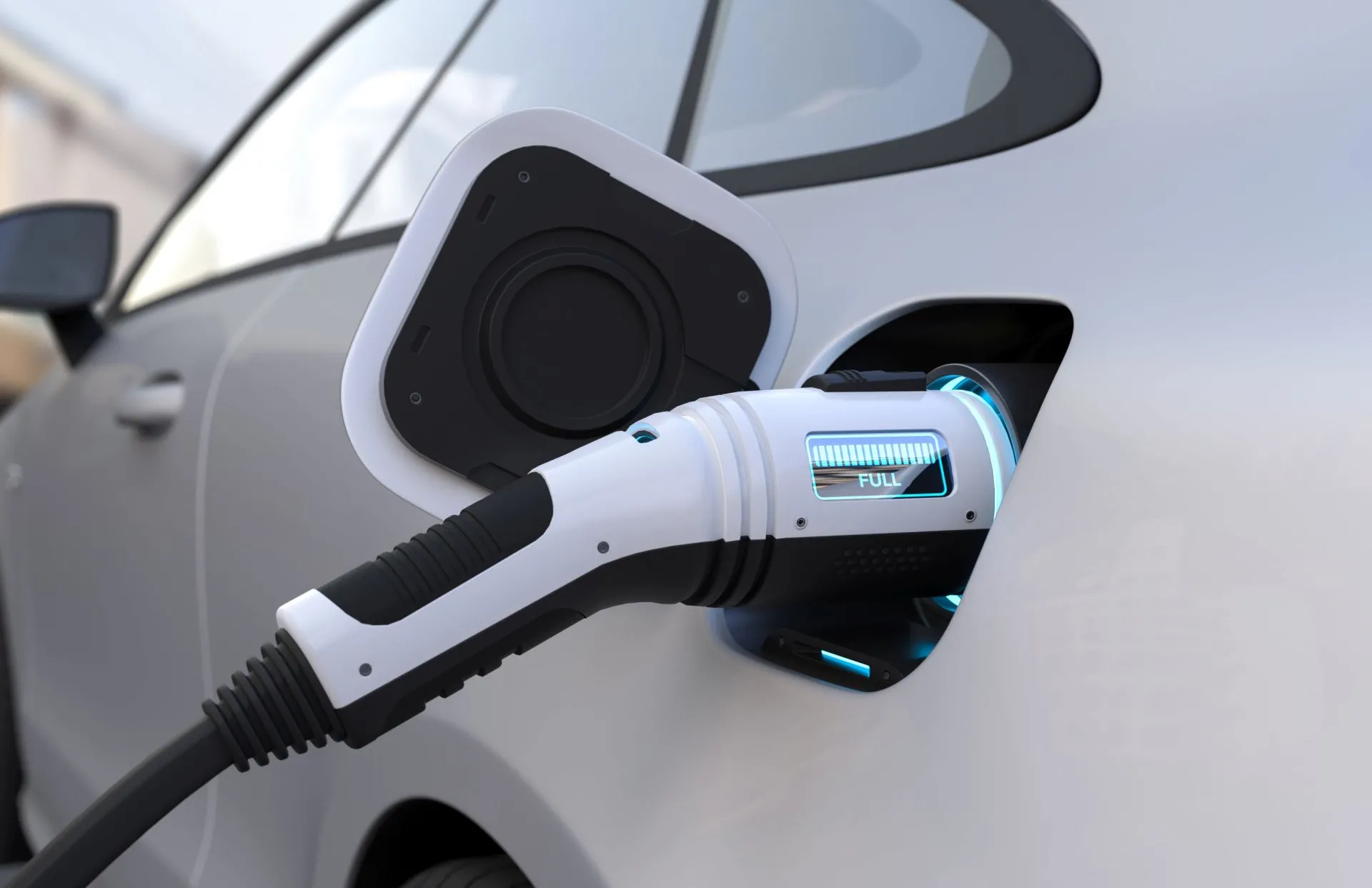Modern EV owners recognize that implementing proper storage and power delivery infrastructure enhances both vehicle performance and longevity. These adaptations require thoughtful design choices that balance functionality with safety.


Electric vehicles have revolutionized personal transportation and brought new requirements for home parking solutions. Adapting garages to accommodate EVs involves careful planning and consideration of various technical aspects. Unlike traditional gasoline-powered vehicles, electric cars require dedicated power infrastructure, climate control, and smart technology to ensure optimal performance and longevity.
Modern EV owners recognize that implementing proper storage and power delivery infrastructure enhances both vehicle performance and longevity. These adaptations require thoughtful design choices that balance functionality with safety. Whether upgrading an existing garage or building a new one, integrating the right features helps create a space that supports both daily use and long-term vehicle care.
A robust electrical system forms the foundation of an EV garage. Most residential power setups require a dedicated 240V circuit, typically 40-60 amperes, installed by certified electricians. This ensures optimal energy transfer speeds and prevents overload of existing circuits.
Modern electrical panels often need upgrades to accommodate the additional load from EV charging consumption. Load management systems can distribute power efficiently between home appliances and vehicle energy restoration, reducing strain on the grid. Some homeowners also opt for battery backup solutions to maintain power delivery capabilities during outages.
Optimal power unit location depends on vehicle port position and cable length. Wall-mounted units should be installed at a height that prevents cable strain while maintaining accessibility. Plus, placing the energy station near the garage entrance or in a central location allows for flexibility, especially if multiple EVs need to share the power supply point.
Bidirectional or vehicle-to-grid (V2G) energy transfer allows EVs to act as backup power sources for homes. Advanced power stations support electricity flow from the car back into the home grid, providing additional power during peak demand hours or outages. This feature can enhance energy independence, particularly for homeowners using solar power.
EVs perform best when stored in temperature-controlled environments. Extreme heat accelerates battery degradation, while cold temperatures reduce power transfer efficiency and vehicle range. Proper insulation and climate control systems help maintain optimal conditions for battery health and performance.
Proper drainage and waterproofing protect both the vehicle and electrical equipment. Excess moisture in the garage can lead to electrical malfunctions and rust on essential components. To prevent these issues, you should consider:
Sealed concrete floors: Sloped surfaces and epoxy coatings prevent water accumulation.
Dehumidifiers: In humid climates, controlling moisture levels prevents corrosion and electrical damage.
Weather-sealed doors: They protect against rain, snow, and humidity infiltration.
Advanced flooring systems: The solutions, such as epoxy coatings, provide additional protection against moisture while improving the space's aesthetics and durability.
EV garages require specialized fire detection and suppression systems. Although EV battery fires are rare, they require different extinguishing methods than traditional vehicle fires. Smart smoke detectors can distinguish between different types of fires, while proper ventilation helps manage potential battery-related incidents.
Modern fire suppression systems use clean agents that do not damage electronic components. Also, thermal cameras integrated with garage security systems can detect abnormal temperature changes, providing early warnings for potential battery overheating.
High-voltage power systems necessitate additional safety measures. Ground fault protection and surge suppression devices protect both the vehicle and home electrical systems. To ensure continued safe operation, you should opt for:
Regular inspections: Routine checks on wiring, connectors, and outlets help prevent potential hazards.
Advanced circuit monitoring: AI-powered safety systems can detect potential electrical issues before they become hazardous.
Emergency shutoff switches: Provides quick power disconnection in case of electrical faults. Also, professional annual inspections help maintain system integrity and prevent safety risks.
Protecting valuable vehicles and power equipment requires advanced security measures. Modern EV garages feature:
Smart garage doors: Remote monitoring capabilities offer convenience and security.
Biometric access controls: Fingerprint or facial recognition ensures only authorized users enter.
Camera systems: Integrated with home security for real-time surveillance and motion detection.
Smart power distribution systems optimize electricity usage by scheduling energy transfer during off-peak hours. These systems:
Reduce electricity costs by using variable-rate energy pricing
Integrate with home solar energy for sustainable energy restoration
Provide real-time power consumption tracking.
Energy monitoring systems track consumption patterns and suggest optimization strategies. Some systems can automatically adjust power delivery schedules based on electricity rates and solar production.
Connected sensors track temperature, humidity, and battery status. In addition, mobile apps provide remote monitoring and control of garage environmental systems and charging transfer functions. Also, AI-powered monitoring systems analyze data to predict maintenance needs and optimize energy consumption patterns. Real-time alerts notify owners of any system anomalies, ensuring proactive maintenance and uninterrupted power delivery.
EV technology is evolving rapidly, and garages must be designed with adaptability in mind. Key considerations include:
Modular design allows easy upgrades as power delivery technology advances.
Scalable infrastructure supports additional vehicles or future electrical equipment.
Bidirectional power compatibility prepares for future energy-sharing capabilities.
An efficient garage layout ensures easy vehicle access while maintaining room for maintenance activities. Proper planning includes:
Clear pathways for entry and exit
Dedicated power connection areas to avoid obstructions
Overhead and wall-mounted storage for tools and accessories.
Designated areas for maintenance tools and cleaning supplies keep the space orderly. In addition, wall-mounted organizers and cabinets maximize available floor space while keeping essential items accessible. Also, mobile tool stations provide flexibility for various maintenance tasks while maintaining organization.
Proper routing and storage of power cables prevent tripping hazards and cable damage. Retractable cable systems offer convenient solutions for keeping cables organized when not in use. Also, charging cable hooks and reels prevent wear and tear while ensuring easy access. Investing in durable, flexible storage options keeps the garage neat and enhances usability.
The development of EV garage infrastructure continues to evolve with automotive technology, creating more efficient and user-friendly spaces for electric vehicle owners. A modern EV garage should integrate smart power systems, climate control, safety features, and storage solutions to optimize functionality and convenience.